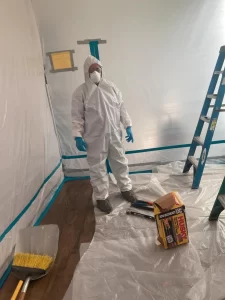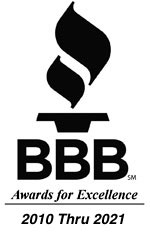How to File a Claim for Water Damage with Your Insurance Company, Step by Step
A water damage disaster can be devastating already, and it is instantly made worse by the complication of having to file an insurance claim or worse, have your insurance claim be rejected or negotiated.
Understanding Water Damage Insurance Claims
Water damage insurance claims can be complex, and the process can be overwhelming for many people. The first step in filing a claim is to review your insurance policy and determine if water damage is covered. Most homeowner’s insurance policies cover water damage caused by sudden and accidental events, such as burst pipes or storms. However, some policies may not cover damage caused by floods or sewer backups, which require separate insurance coverage.
Documenting the Water Damage
Once you’ve determined that your insurance policy covers the water damage, the next step is to document the damage. Take photos and videos of the affected areas, and make a list of damaged items. It’s important to document all damage, even if it doesn’t seem significant at first. This documentation will be essential when filing your claim and negotiating with your insurance company.
Contacting Your Insurance Company
After documenting the damage, the next step is to contact your insurance company. Be sure to provide them with all the necessary information, including your policy number, the date and time of the water damage, and a description of the damage. Your insurance company will likely send an adjuster to assess the damage and determine the amount of compensation you’re eligible to receive.
Negotiating Your Claim
Negotiating with your insurance company can be challenging, but it’s essential to ensure that you receive the compensation you deserve. Be prepared to provide additional documentation or evidence to support your claim, and don’t be afraid to ask for a second opinion or consult with an attorney if necessary.
And…Preventing Future Water Damage
Preventing future water damage is crucial to avoid future insurance claims and protect your property. Regular maintenance, such as fixing leaks and cleaning gutters, can prevent water damage from occurring in the first place. Additionally, consider investing in water detection systems or other preventative measures to protect your property from future water damage.
Filing a water damage insurance claim can be a complicated process, but understanding the steps involved can help you navigate the process with confidence.
Drymore is committed to helping our customers recover from water damage and get the compensation they deserve. By following the steps outlined in this guide, you can take the first step towards getting your life back on track after a water damage catastrophe.








